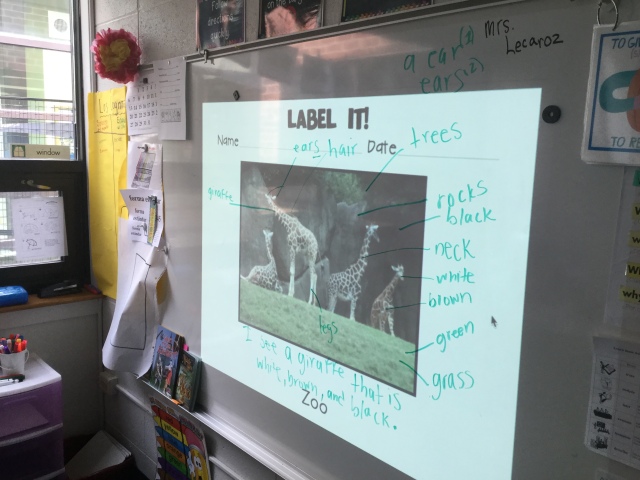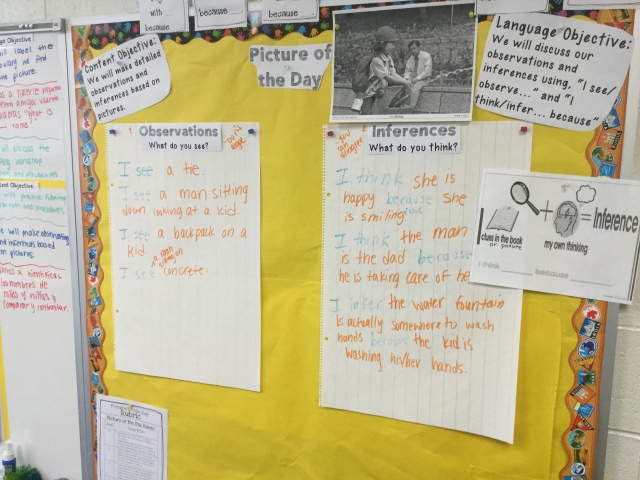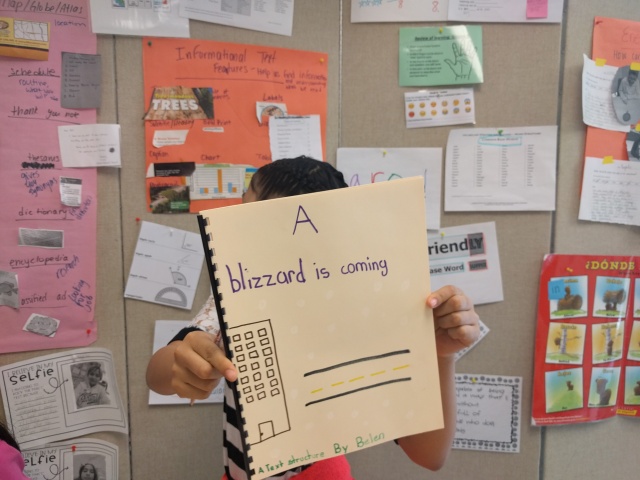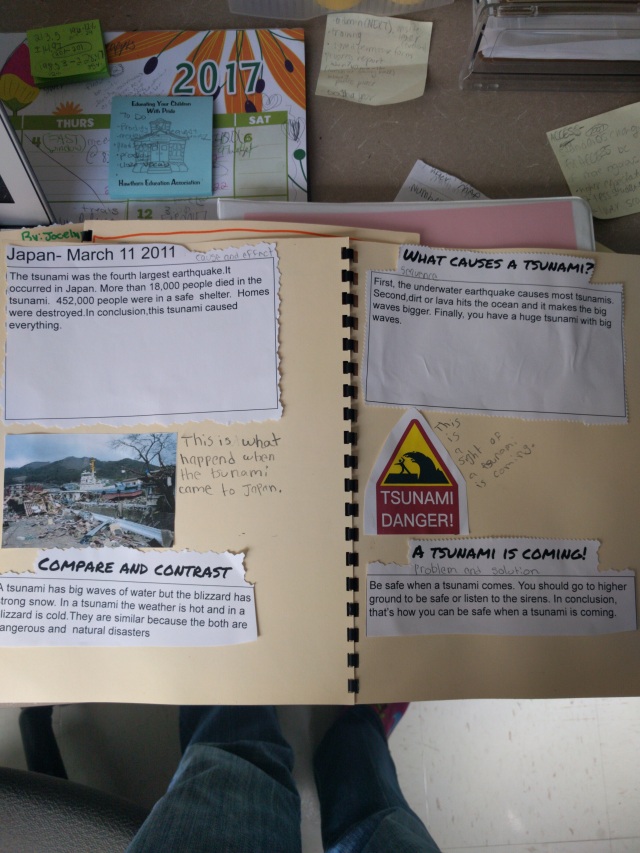Today I will be writing about a pretty popular writing activity based on the awesome book The Best Part of Me. It is a great mentor text for poetry, opinion writing, or even descriptive writing! I decided to use it with my ELL’s to introduce Opinion Writing and I wanted to show you some things you could incorporate into your lesson.
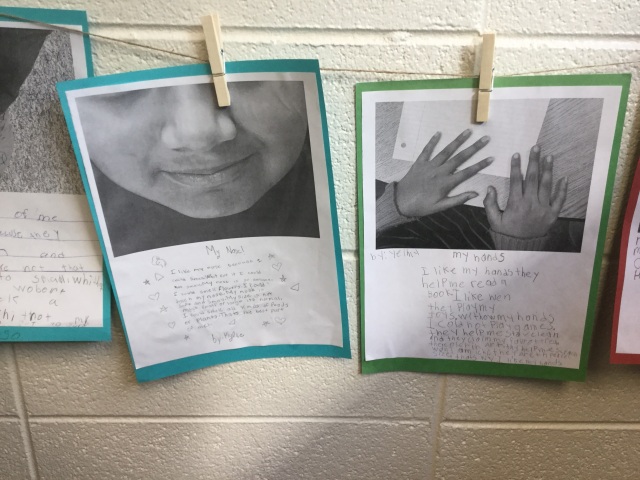
The way the book is set up is each page has a black and white image of a student’s body part and then a poem/descriptive paragraph on the page next to it describing why it is the best part of them. It is written by students for students!
I started the week with just reading some poems to them before sending them back to class and asking them to think about what the best part of them was.
Then, after a few days of exposing them to the text and discussing it I did a Writers Workshop mini – lesson on opinion writing. You could see the mini-lesson statement below.
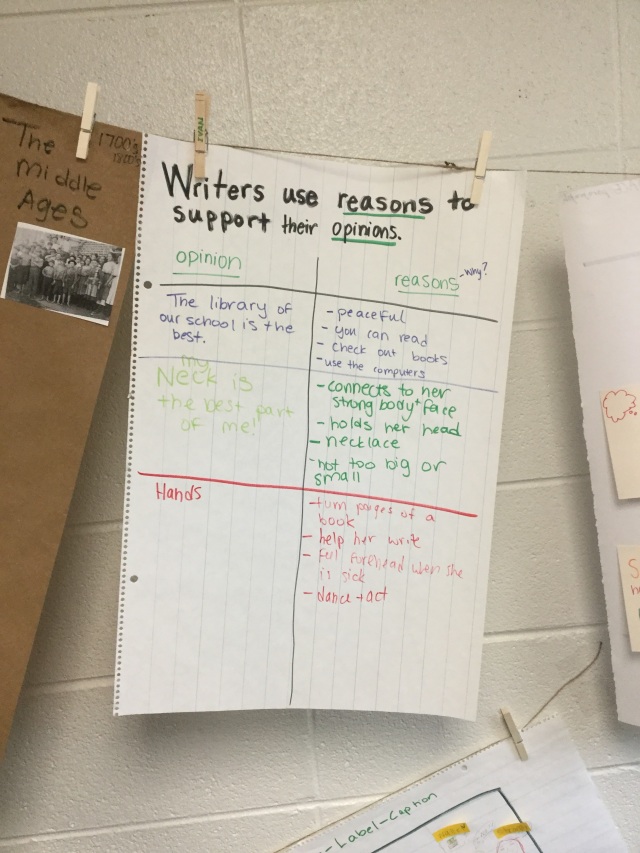
As a small group, we read one the neck poem and then identified the opinion, which was easy, since it was just the writer’s favorite body part. Then, we looked for the reasons they used to support their opinion. After modeling, the students received the poem about the hands and they had to highlight the reasons they could find. I added the reasons they found to the anchor chart. This is a great time to go over some academic language that usually signals opinion (because, due to this, for this reason..)
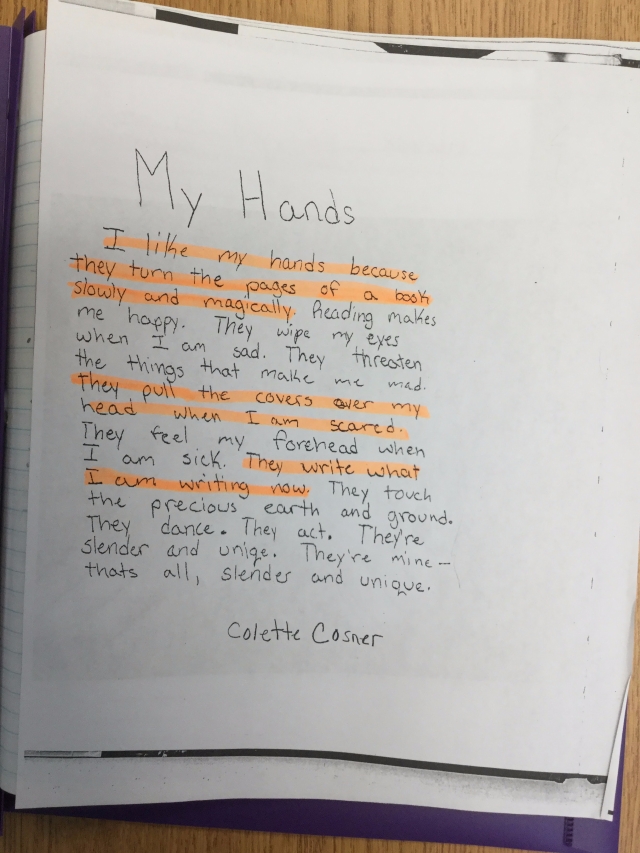
After this, they made a web with their favorite body part in the middle and started brainstorming their reasons. Once they had all their reasons, they wrote their rough draft while I took pictures of the part they identified. Once I printed the pictures, they wrote their final copy under it! I love how it turned out, the students enjoyed it, and it was a great first exposure to opinion writing and reasons/evidence in a student-friendly way!
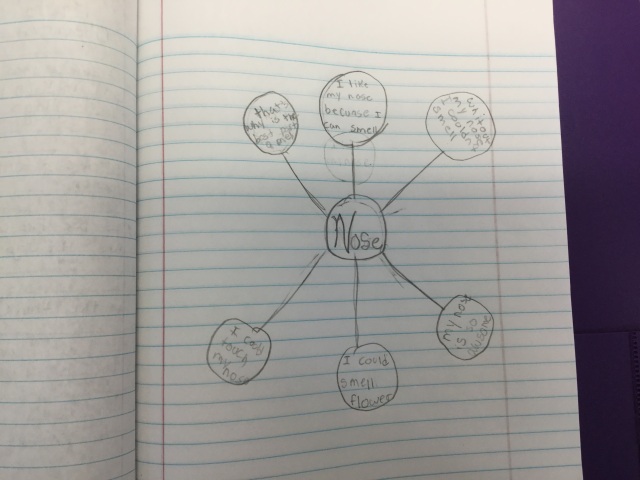
Thanks for reading! Let me know if you have read this book and used it for a writing lesson 🙂
